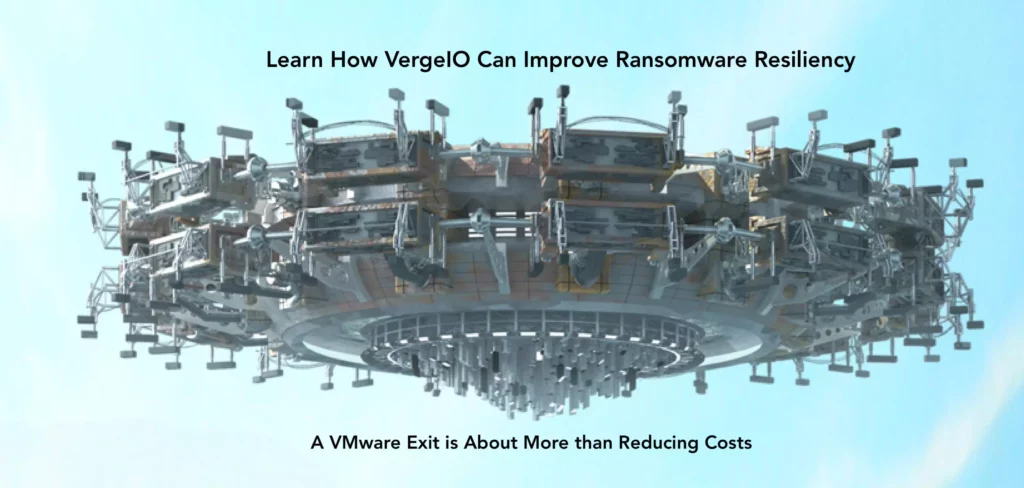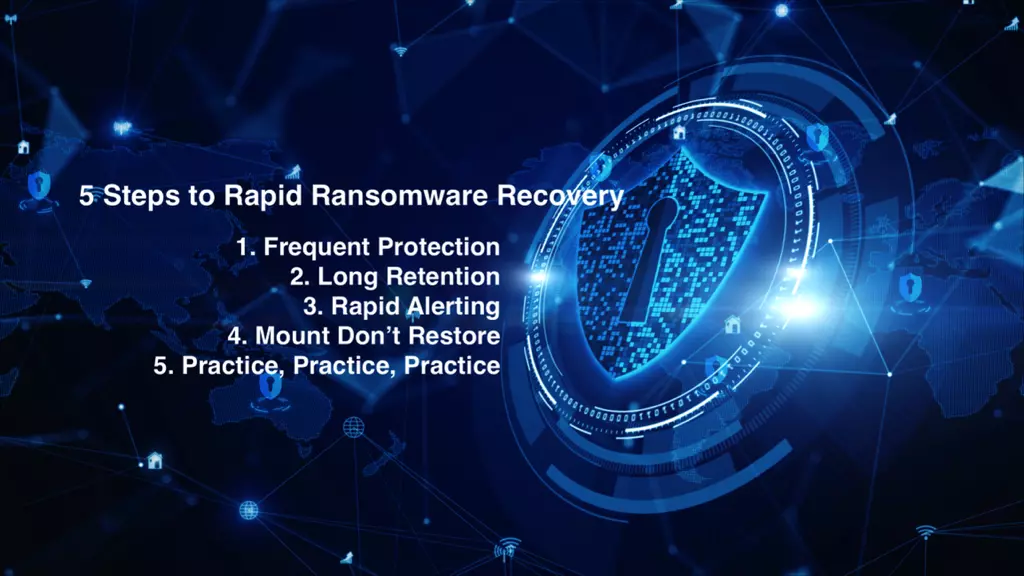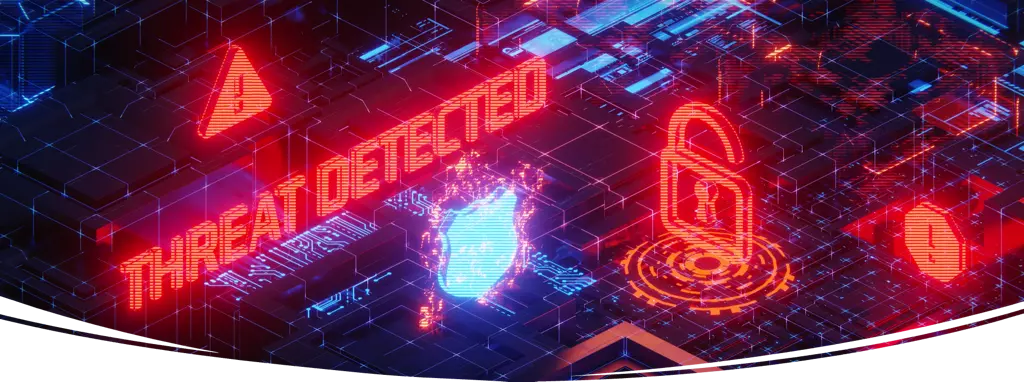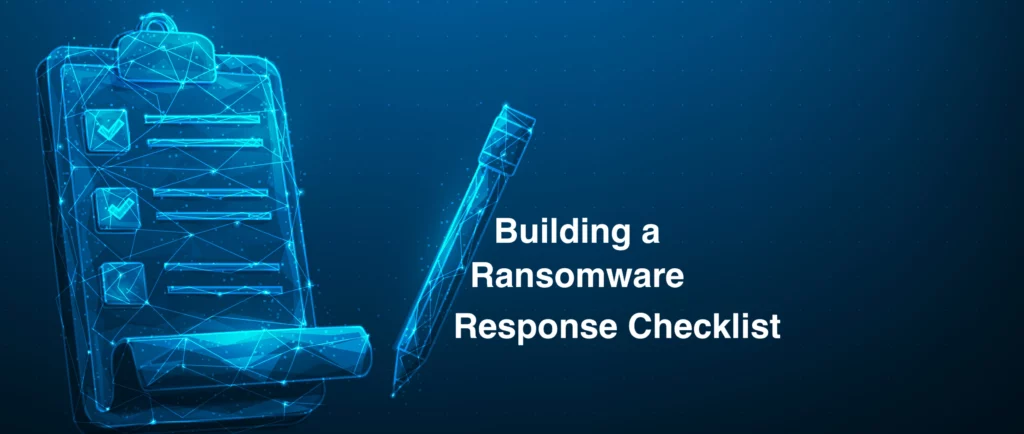Are Backups Enough for Ransomware Recovery?
“Explore the effectiveness of backup infrastructures against ransomware attacks. Delve into the challenges faced during recovery and how advanced solutions like VergeOS offer a comprehensive approach for rapid detection and recovery. Stay ahead of ransomware threats with the right strategies.”




